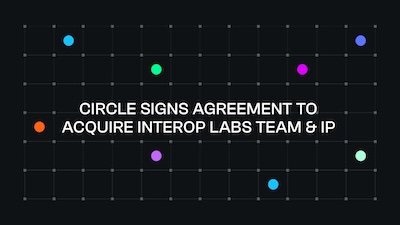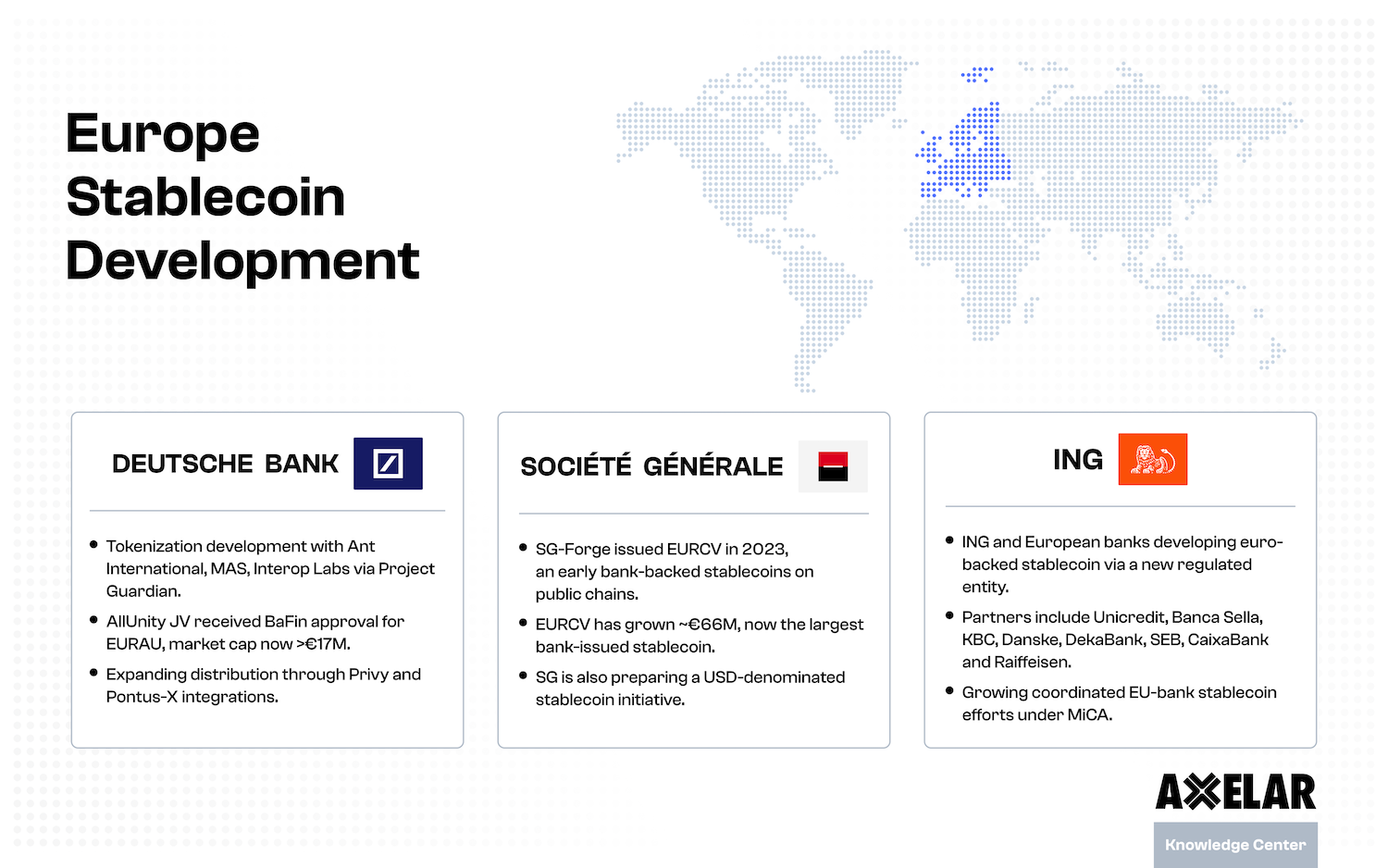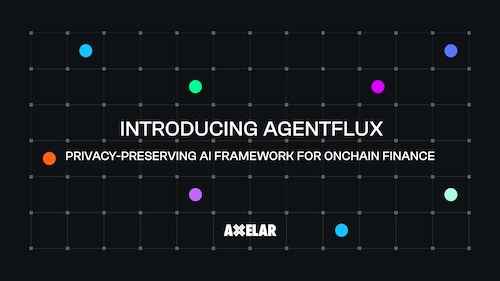Building a Cross-Chain Future for DeFi
Table of Contents


With unprecedented growth in 2020 and 2021, Decentralized Finance (DeFi) became an alternative financial system for crypto investors. The DeFi ecosystem offers ample opportunities to its users, enabling them to make the most of their crypto assets without relying on any centralized entity or intermediary. The total value locked (TVL) in DeFi protocols increased from around $700 million in January 2020 to over $175 billion in November 2021, a monumental rise of over 25,000%. The TVL currently sits at nearly $50 billion (Source: DeFiLlama).
While DeFi brings traditional financial services – such as borrowing and lending, trading, asset management and insurance – on-chain, it also offers novel services such as staking, yield farming and automated market makers (AMMs). Since the applications are built on blockchain, users can transact in a trustless and transparent manner.
However, despite unparalleled growth, most DeFi platforms are still limited to operating on a single blockchain network. This creates liquidity shortfalls, inflates transaction fees and limits opportunities. In short, it hinders the growth of the DeFi ecosystem as a whole. To overcome these limitations, there is a need for cross-chain interoperability that allows DeFi applications to interact across different blockchain networks.
With cross-chain interoperability, users will have the freedom to choose how they wish to participate in DeFi, without being tied to a single blockchain network. Here’s an overview of how cross-chain DeFi can power the future of finance and how platforms can go cross-chain with new capabilities and tooling.
Cross-chain DeFi: an overview
Cross-chain DeFi is a new paradigm in the decentralized finance space, where blockchain interoperability is leading the charge. As the DeFi ecosystem progresses, cross-chain capabilities are needed for it to scale. Creating an ecosystem where a user can participate in DeFi without worrying about the underlying blockchain opens up a whole new world of possibilities and adoption. Moreover, it creates a more interconnected and efficient DeFi ecosystem, reducing costs and increasing liquidity.
But achieving cross-chain interoperability is not an easy feat. It requires addressing several challenges, including differences in blockchain architecture, consensus mechanisms and programming languages. Several approaches are being explored to achieve cross-chain interoperability in DeFi. Here are some of the most prominent ones:
Atomic swaps: Peer-to-peer technology that facilitates the exchange of crypto tokens between different blockchains without needing an intermediary. Using smart contracts, atomic swap mechanisms involve a trustless and secure process to execute cross-chain transactions, in which all involved parties must approve the transaction through key encryption. If one party does not approve the transaction, it's as if it was never initiated – hence the term "atomic": one side of the trade cannot be executed without the other.
Sidechains: Individual blockchains connected to main blockchain networks, supporting the transfer of assets and data between them. Sidechains enable faster and more efficient cross-chain transactions, allowing DeFi applications to scale without congesting the main blockchain network. Examples of prominent sidechains include Bitcoin’s Liquid Network & Rootstock (RSK) and Ethereum’s Plasma.
Bridges: Intermediaries that facilitate cross-chain transfers by establishing connections between different blockchain networks. To transfer digital assets from one network to another, a user will send their assets to the cross-chain bridge, which will then mint a representation of the assets on the target network in a format compatible with that network. The bridge will then transfer them to the recipient's address on the target network. These new tokens are known as bridged tokens or wrapped tokens. Axelar's Satellite app is a bridge, and many of the new generation of Layer-1 blockchains have built their own bridges to facilitate the cross-chain movement of ETH liquidity from the Ethereum chain into DeFi apps on the new chain. One well-known example of a wrapped token is Wrapped Bitcoin (WBTC), which bridges BTC to Ethereum and other chains, where it can be used as if it were a native token. There are multiple bridges available, such as the Cosmos bridge, the Arbitrum bridge, Avalanche (AVAX) bridge, Base bridge, Celer cbridge, Synapse bridge and the Polygon bridge.
General Message Passing: Axelar’s unique capability to offer seamless cross-chain transfers. GMP allows developers to call functions on other chains while building on the chain they choose. While bridges can send tokens, General Message Passing can send any payload, including data and function calls. This creates a highly interoperable development environment to fuel cross-chain transfers. Find more information on GMP in the section below titled, "How Axelar powers cross-chain and interoperability for DeFi."
While each interoperability approach has its advantages and limitations, the ultimate goal is to achieve seamless cross-chain interoperability that enables DeFi developers to compose freely so that applications built on any chain can communicate and transact with each other without any friction. This is what Axelar’s GMP does best!
How cross-chain capabilities will power the future of DeFi
Cross-chain capabilities are poised to revolutionize the way we interact with DeFi applications. Enabling different blockchain networks to communicate with each other will not only create an efficient DeFi ecosystem but will also pave the way for countless new opportunities for users.
Here are some ways cross-chain capabilities are expected to catalyze the growth of DeFi:
Expanded user base: With blockchain interoperability available, DeFi platforms can create financial products and services that were previously not possible on a single blockchain network. This expansion creates new opportunities for users to participate in the DeFi ecosystem, enabling DeFi to reach a more extensive user base.
Increased liquidity: With cross-chain capabilities, DeFi applications can communicate with each other across different blockchain networks. This enables them to aggregate liquidity in the ecosystem, creating a more efficient marketplace, reducing the spread between the bid and ask prices, and enabling users to transact at more favorable rates. Overall, the increased liquidity creates a healthier ecosystem for users.
Reduced transaction fees: Transaction fees are a significant concern for DeFi users, especially during periods of high network congestion. Cross-chain DeFi addresses this concern by enabling users to transact on different blockchain networks with lower fees. By choosing the most cost-effective blockchain network for a particular transaction, users can significantly reduce transaction fees and avoid congestion.
Increased accessibility: With cross-chain DeFi, users can seamlessly access the platform irrespective of the blockchain they are on. This accessibility enables users to access a broader range of financial products and services – and allows dApps to reach broader user bases and onboard new users more seamlessly.
Decentralization for better security: Decentralization is a fundamental principle of blockchain technology, and DeFi is no exception. (It's in the name, after all.) By enabling cross-chain interoperability, DeFi can create a more decentralized and secure ecosystem by eliminating single points of failure, making networks less susceptible to attacks. For example, when a banking crisis put the USDC stablecoin at risk, cross-chain interoperability could have provided access to a broader range of alternatives, if needed.
In conclusion, cross-chain capabilities are poised to power the future of DeFi with its prominent advantages over traditional finance.
Prominent use cases of cross-chain DeFi
Cross-chain DeFi has several use cases, and it is poised to transform the way we interact with financial products and services on blockchain networks. Here are some of the most exciting cross-chain DeFi use cases:
Cross-chain DEXs and cross-chain swaps: One of the most significant benefits of cross-chain DeFi is the ability to create cross-chain decentralized exchanges (DEXs) and enable cross-chain swaps. The ability to trade any pair, regardless of blockchain, has historically allowed centralized exchanges to surpass DEXs in adoption. With cross-chain interoperability, the tables are turned. Squid is an example of a layer built on top of Axelar that enables cross-chain swaps for DEXs. This also enables the creation of stablecoins on different blockchain networks, offering users more flexibility and opportunities. For example, Axelar enables users to utilize their Ethereum-based BUSD tokens in Cosmos and even participate in pools on Osmosis— an interchain DEX. The opportunities include a 3pool with USDC and USDT.
Cross-chain NFT collateral: NFTs are unique digital assets that can be used as collateral to gain access to tokens. With cross-chain capabilities, users can borrow and lend using NFTs minted on one chain as collateral in DeFi apps on another chain, enabling users to access liquidity without selling their NFTs and without being limited to a single blockchain. Check out our NFT partner Junkyard.
Expansive lending/borrowing: The current DeFi market has multiple borrowing and lending platforms where users can deposit supported tokens to borrow other assets. However, most platforms only allow users to lend and borrow within the same blockchain ecosystem. Cross-chain DeFi enables borrowing and lending with deposits in any token and loans in any token. This flexibility enables users to access liquidity in the token of their choice, making DeFi more accessible and reducing barriers to entry. Prime Protocol is an example of a lending protocol that uses Axelar's interchain infrastructure to support this use case.
Cross-chain derivatives: Cross-chain DeFi also enables the creation of cross-chain derivatives such as perpetual swaps, options, ETFs, and many unique financial products and services that were previously not possible.
How Axelar powers cross-chain and interoperability for DeFi
Axelar’s unique cross-chain offerings take blockchain interoperability to the next level and offer something for everyone. On the one hand, developers can seamlessly connect their platform to multiple other blockchains to create a cross-chain experience, while on the other hand, users can interact with all applications across the ecosystem directly from their wallets. The Axelar white paper outlines in detail how it can scale blockchain interoperability to power the next generation of development.
One such capability is General Message Passing (GMP). GMP enables developers to call any function on any other connected chain. In GMP’s context, “function” includes both smart contracts at the application layer (as on EVM chains) and logic built at the protocol layer (as on Cosmos chains).
But why should developers use GMP over bridges and other interoperability protocols? For starters, Axelar connects more than 30 chains over the most secure interoperability network in operation. (Read more about Axelar's security approach.) As it was just announced, GMP now connects EVM and Cosmos chains.
For users, GMP offers complete security, decentralization, and the opportunity to interact with any asset, any application, on any chain, with just a single click. That makes DeFi applications much more accessible and rewarding.
Axelar’s GMP opens up endless possibilities that can catalyze the growth of DeFi in the near future. With GMP, developers and platforms can improve the current DeFi use cases while innovating new opportunities for users. Axelar currently supports 30+ blockchains, including Binance, Ethereum, Fantom, Moonbeam, and Polygon, with many more to be integrated soon for a truly seamless cross-chain experience.
Want to explore and build cross-chain DeFi opportunities? Read more on our General Message Passing docs, and join the Axelar Discord community to start building!


